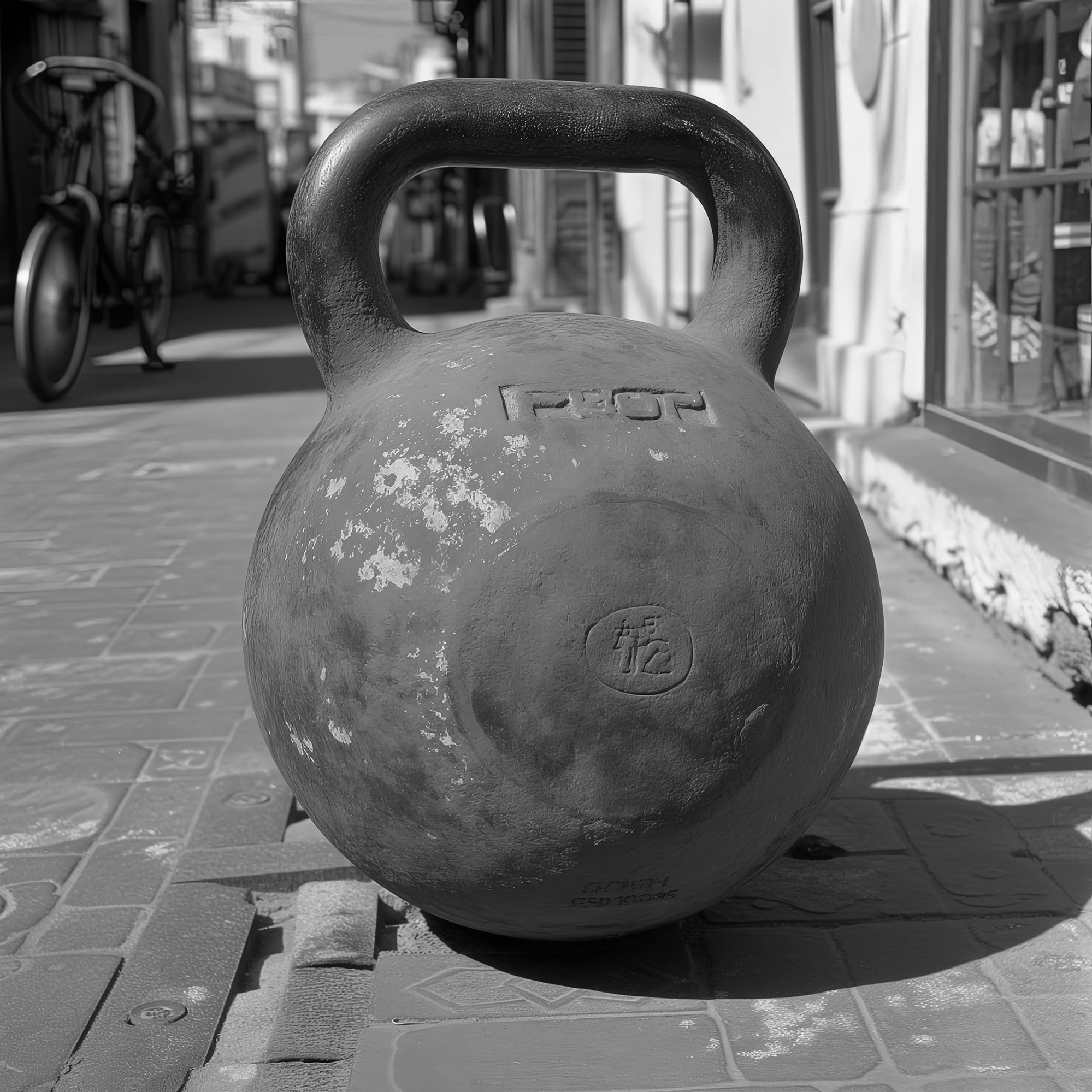The David Boles Bells Blog.
Ring Them Boles Bells!
“Ring them bells
from the sanctuaries
’Cross the valleys
and streams”
Pressing Kettlebells Over the Age of 50!

The Iron Ballast: Kettlebells, National Identity, and the Russian Mythos of Strength
The trajectory of Russia over the past century is a story deeply etched with societal upheavals, ideological fervor, and an unyielding quest for national assertion on the global stage. Knotted into this complex tapestry is the seemingly modest history of the kettlebell, or girya. This unassuming iron weight, transitioning from a simple agricultural tool to a hard symbol of Russian physical culture, has played a unique role in defining national character and buttressing the enduring myth of a "bigger, better, stronger" Russia. Its story is inextricably linked to the nation's historical currents, reflecting and reinforcing ideals of resilience, collective strength, and a readiness to project power, both domestically and in its "universal world intrusions." Understanding this interplay between history and health, between the cultivation of the individual physique and the forging of national destiny, offers a nuanced lens through which to view Russia's enduring self-perception and its complex relationship with the world.

Global Kettlebell: From Russian Farmyards to Worldwide Phenomenon
Kettlebells – those cast-iron or steel cannonballs with handles – have transcended their humble origins to become a global fitness icon. Once a niche tool of Russian strongmen and farmers, they are now a staple in gyms, military training, and competitive sports around the world. This essay delves into the rich history of the kettlebell, examining its origins in Russia, its role as a cultural touchstone there, and how it expanded beyond its initial purpose and borders. We will trace the kettlebell’s development from early use in farming communities and strength contests to adoption by the Russian military and its evolution into an organized sport. Furthermore, we will explore how kettlebells spread internationally, their role in modern fitness culture, and the diverse ways they’ve been reinterpreted across regions and subcultures. Along the way, we will consider the philosophical significance of kettlebell training – its ties to discipline, resilience, and evolving notions of strength, masculinity, and fitness ideals.

Kettlebells Swing From Russian Markets to Global Gyms
The Kettlebell's story begins in Russia. Originally called 'girya' (plural 'giri'), they were first mentioned in a Russian dictionary in 1704. These weights, resembling a cannonball with a handle, were initially used as counterweights in markets to measure goods. However, their potential for physical training was soon recognized. Farmers and strongmen began to use them for displays of strength and endurance, laying the foundation for their later use in fitness and sport.

